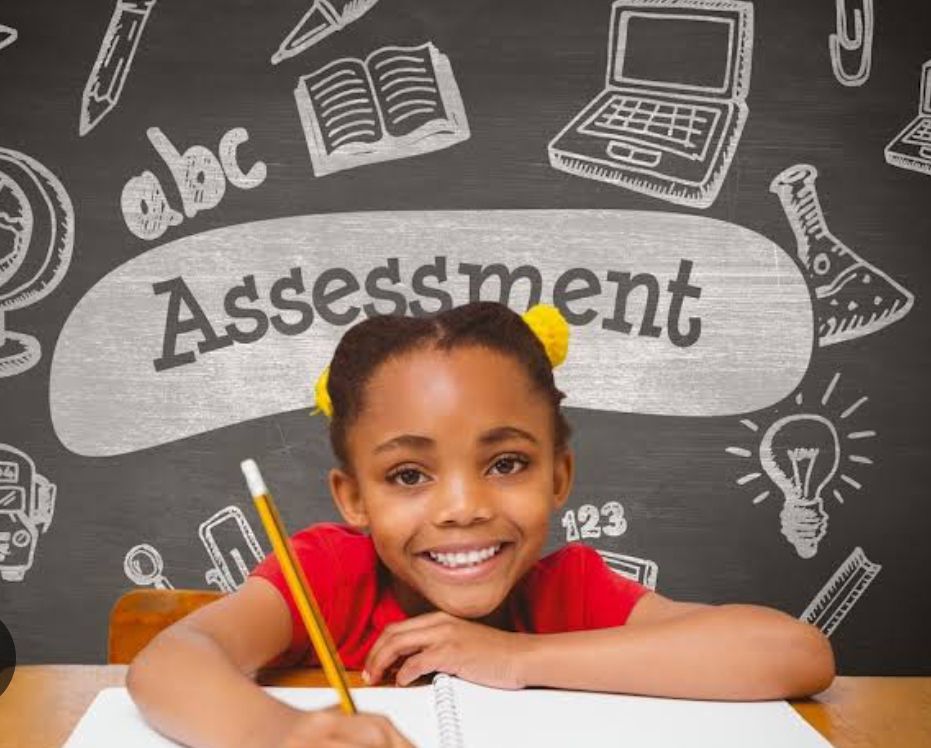In a dynamic classroom, learning isn’t a stagnant lecture, but a vibrant conversation. Students actively participate, grapple with concepts, and receive ongoing feedback to refine their understanding. This is the magic of formative assessment, a powerful tool that empowers educators to unlock student potential and cultivate a love for learning.

Demystifying Formative Assessment
Unlike summative assessments that measure learning at the unit’s end, formative assessment is an ongoing process. It’s like taking the learning pulse of your class throughout a lesson or unit. By identifying areas of understanding and pinpointing gaps early on, you can adjust your instruction and ensure no student gets left behind.
Why Embrace Formative Assessment?
The benefits of integrating formative assessment strategies into your classroom are numerous:
Boosts Student Engagement: Formative assessments go beyond passive tests. Interactive activities like exit tickets, quick quizzes, and peer discussions keep students actively involved in the learning process. They become participants, not just observers.
Early Identification of Learning Gaps: By weaving formative assessments throughout your lessons, you can pinpoint areas where students might be struggling before they fall behind. This allows for early intervention and targeted support, preventing frustration and fostering a sense of accomplishment.
Promotes Self-Reflection: Certain formative assessments, like self-assessment checklists or reflection prompts, encourage students to think critically about their own learning. This fosters a growth mindset and empowers students to take ownership of their learning journey. They become partners in their educational success.
Informs Instruction: The data gleaned from formative assessments is invaluable! It guides you in tailoring your teaching approach to meet the specific needs of your students. Imagine customizing lessons to address precisely where your students need the most support, maximizing their learning potential.
Unveiling a Treasure Trove of Formative Assessment Strategies:
Now that you understand the power of formative assessment, let’s delve into a treasure trove of effective strategies to incorporate into your classroom:
Low-Stakes, High-Impact Strategies
Exit Tickets: These short, quick quizzes or prompts at the end of lessons provide a snapshot of student understanding. Students might answer a key question, summarize a concept, or identify areas where they need clarification. Exit tickets are a breeze to implement and offer valuable insights into student learning.
Quick Writes: Pose open-ended writing prompts that encourage students to reflect on key ideas, analyze information, or explain their reasoning. These short writing exercises offer valuable insights into student thinking and can be easily adapted to different subjects and learning objectives.
Think-Pair-Share: This collaborative strategy involves individual reflection (think), followed by discussions in pairs (pair), and then sharing insights with the entire class (share). This allows for peer learning and clarifies understanding. Students benefit from individual reflection, the support of peers, and the opportunity to articulate their learning to a wider audience.
Thumbs Up/Thumbs Down: This quick and easy technique gauges student understanding of a concept. Students simply hold up their thumbs to indicate they understand or thumbs down if they need further explanation. This non-threatening approach allows you to identify areas needing clarification without creating a sense of pressure.
One-Minute Papers: Ask students to write down the most important thing they learned or the biggest question they still have in one minute. This provides a quick snapshot of student learning and identifies areas for clarification. One-minute papers are time-efficient and offer valuable insights into student comprehension.
Beyond the Basics: Tech-Powered Formative Assessment
The world of education is embracing technology, and formative assessment is no exception. Here are some tech-powered tools to explore and integrate seamlessly into your classroom:
Online Quizzes and Polls: Utilize online platforms like learning management systems (LMS) to create quizzes with immediate feedback for students. These platforms can also house question banks, allowing you to create a variety of quizzes that target specific learning objectives. Interactive polls can gauge student understanding in real-time during lectures or presentations, fostering active participation.
Digital Whiteboards and Collaborative Tools: These interactive tools allow students to work together on projects, brainstorm ideas, and receive instant feedback from you. Students can use digital whiteboards to create concept maps, mind maps, or solve problems collaboratively, fostering critical thinking and communication skills. Consider screencasting software to capture student work on the whiteboard for further analysis or providing feedback.
Self-Assessment Checklists and Rubrics: Develop online checklists or rubrics that students can use to evaluate their own work based on learning objectives. These tools empower students to take ownership of their learning and identify areas for improvement. Consider using online platforms that allow students to submit self-assessments electronically, streamlining the process.
The Art of Effective Formative Assessment: Tips and Tricks
While numerous formative assessment strategies exist, here are some practical tips to maximize their effectiveness:
Variety is Key: Don’t rely on a single strategy! Mix things up to keep students engaged and assess different learning styles and skills. Combine low-stakes written activities with interactive polls or collaborative projects.
Focus on the Learning Journey: Formative assessment isn’t about assigning grades. It’s about understanding student thinking and providing targeted feedback to help them progress. Focus on the “how” and “why” behind student responses, not just the final answer.
Embrace Open-Ended Questions: Move beyond simple recall questions. Pose open-ended questions that require students to analyze, evaluate, and synthesize information. This encourages critical thinking and provides deeper insights into student understanding.
Immediate Feedback is Golden: The sooner students receive feedback, the better they can adjust their learning. Utilize online platforms with automatic grading features or provide written feedback on quick writes or exit tickets within a short timeframe.
Celebrate Improvement: Focus on student growth and progress, not just perfection. Acknowledge a student’s effort to improve their understanding or overcome a challenge. This fosters a growth mindset and motivates students to persevere.
Formative Assessment: A Collaborative Endeavor
Formative assessment isn’t a solo act for teachers. Here are ways to leverage collaboration to enhance your practice:
Student Self-Assessment: Involve students in their own learning journey by incorporating self-assessment tools like checklists or reflection prompts. This empowers students to take ownership of their learning and identify areas for improvement.
Peer Feedback: Strategically pair students for peer feedback activities. Students can review each other’s work based on rubrics or answer prompts, fostering critical thinking and communication skills.
Professional Collaboration: Team up with colleagues to share formative assessment strategies and best practices. Discuss challenges, brainstorm solutions, and create a school-wide culture of formative assessment.
The Final Word: Cultivating a Culture of Continuous Learning
By incorporating a variety of formative assessment strategies into your classroom, you cultivate a dynamic learning environment where students are actively engaged, receive ongoing feedback, and have the opportunity to refine their understanding. This continuous learning cycle fosters a growth mindset, empowers students to take ownership of their learning, and paves the way for academic success.
So, embark on this exciting journey of formative assessment exploration! Experiment, gather feedback from your students, and discover the strategies that work best in your classroom. Remember, formative assessment is a powerful tool to unlock student potential and ignite a passion for lifelong learning.










